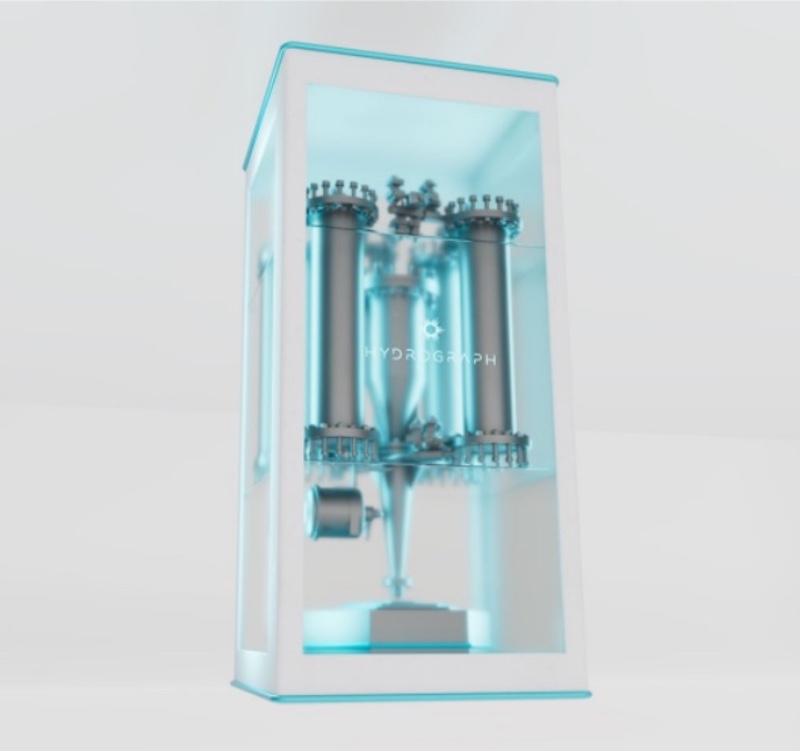HydroGraph Clean Power, a producer of ultra-pure graphene, has been granted a US patent for a novel actuator technology that uses electrically conductive porous carbon materials, including HydroGraph’s proprietary “Fractal Graphene”, to generate controlled mechanical force.
This marks the first US patent granted for an invention developed in HydroGraph’s laboratories, part of the Company’s strategy to expand its intellectual property portfolio beyond its foundational graphene synthesis patents licensed from Kansas State University.
Additionally, HydroGraph now has 11 additional patent applications pending covering various material innovations and applications.
The patented design harnesses the fractal, highly porous structure of HydroGraph’s Fractal Graphene to create an electrothermal actuator. By applying a small voltage, Joule heating expands the enclosed air within the material, generating motion and force.
Unlike conventional actuators, HydroGraph’s device delivers rapid, silent, and scalable force generation. A unit the size of a finger can generate approximately one newton of force, with designs scalable to larger outputs.
The global actuators market was estimated at $66.95 billion in 2024 and is projected to reach $71.22 billion in 2025 to approximately 100.41 billion by 2030, reflecting a compound annual growth rate of about 7.1 percent.
This steady growth highlights the expanding demand for actuator technologies that can deliver greater efficiency, lower noise, and improved adaptability across sectors including automotive, manufacturing, robotics, and consumer appliances.
Dr Ranjith Divigalpitiya, HydroGraph’s chief science officer and co-inventor of the patent, says: “Fractal Graphene is unique in that its structure is more than 95 percent air, giving it an extraordinary ability to generate force when heated electrically.
“In effect, it is essentially electrically conducting air. This patent demonstrates how the intrinsic properties of our material can be translated into new types of actuators.
“While further validation and development are required, the scientific foundation laid here opens a pathway to motion technologies that are lightweight, quiet, and adaptable across scales.”
The invention has broad claims covering porous carbon materials such as carbon black, graphite, carbon nanotubes, and graphene foams. Potential applications include:
- HVAC and building systems: replacement for wax or PTC-based hydronic valve actuators.
- Consumer appliances: silent, low-voltage actuators for dishwashers, coffee/steam machines, and other household goods.
- Automotive thermal management: compact, EMI-immune actuators for EV and ICE cooling loops.
- Microfluidics and diagnostics: lab-on-chip devices where small, fast actuators are critical.
- Aerospace and robotics: lightweight, scalable, and silent actuation in environments where motors are impractical.
Kjirstin Breure, CEO of HydroGraph, says: “Securing this patent is an important milestone in broadening HydroGraph’s intellectual property portfolio. While our core focus remains on the commercialization of high-purity graphene, this achievement underscores the versatility of our technology platform.
“Intellectual property of this nature strengthens our long-term position and provides optionality as we evaluate applications where our materials can create measurable value. We look forward to working with potential partners to explore the most suitable avenues for this innovation.”
The patent positions HydroGraph to explore development of a family of actuators ranging from cost-sensitive carbon black versions to premium graphene foam designs.

